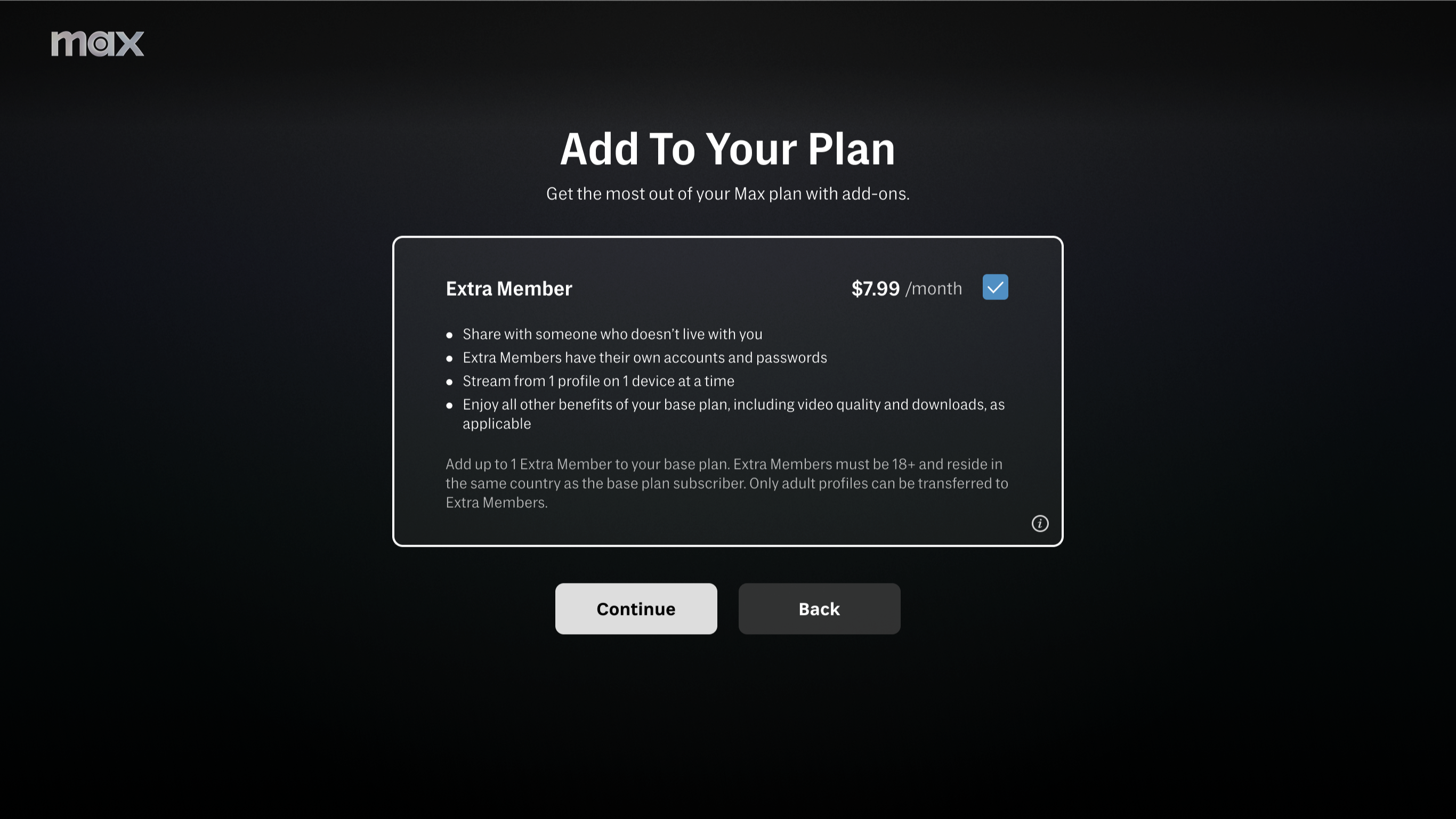FCC Reminds Video Programming Distributors of Emergency Information Accessibility Obligations
The FCC released a Public Notice Thursday reminding video programming distributors that they are required to make emergency information available to people with hearing and vision disabilities. This means emergency information has to be provided both on the screen and in the audio stream.
The FCC said that information can be provided visually using open captioning crawls or scrolls on the screen. Information that is not provided in closed captioning should not block closed captioning on the screen and closed captioning should not block any emergency information on the screen.
With regards to obligations to provide information for persons with visual disabilities, the FCC Public Notice said, "Specifically, emergency information that is provided in the video portion of a regularly scheduled newscast or a newscast that interrupts regular programming must be made accessible. This requires the oral description of emergency information in the main audio, such as open video description. If the emergency information is being provided in the video portion of programming that is not a regularly scheduled newscast or a newscast that interrupts regular programming (e.g., the programmer provides the emergency information through "crawling" or "scrolling" during regular programming), this information must be accompanied by an aural tone. This tone is to alert persons with vision disabilities that the video programming distributor is providing emergency information, and alert such persons to tune to another source, such as a radio, for more information."
For more information, refer the FCC Consumer and Governmental Affairs Bureau Emergency Video Programming website.
Get the TV Tech Newsletter
The professional video industry's #1 source for news, trends and product and tech information. Sign up below.
